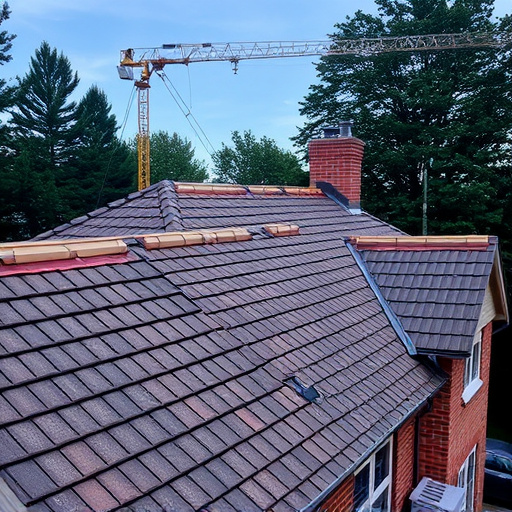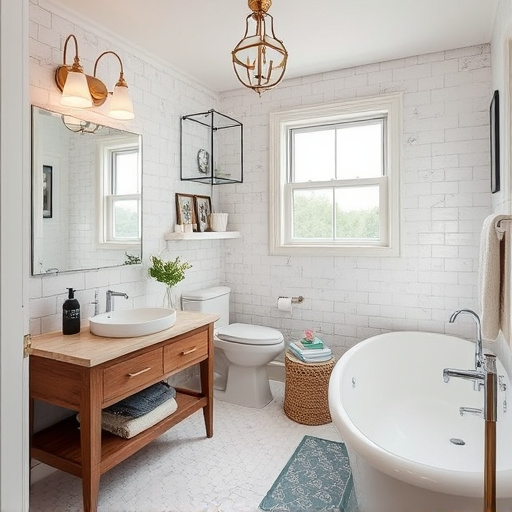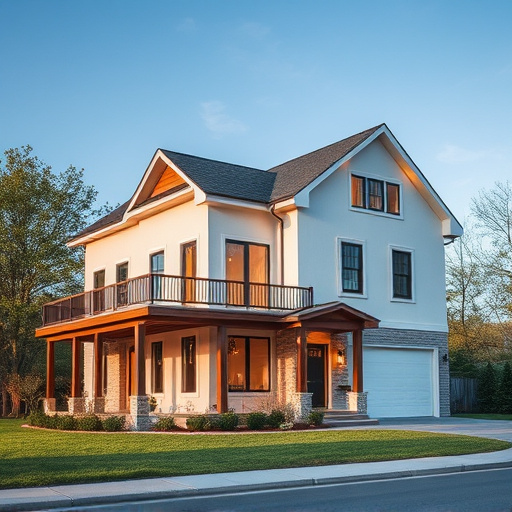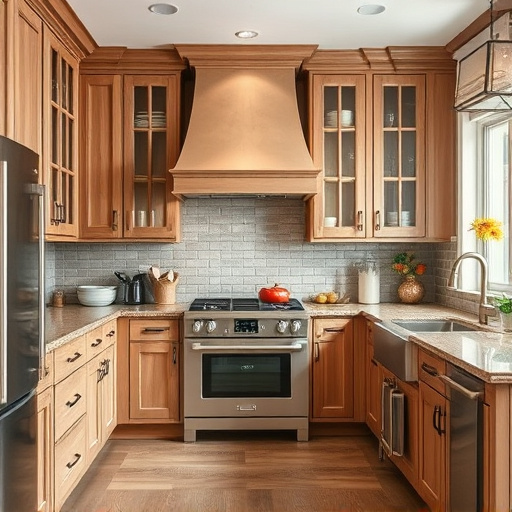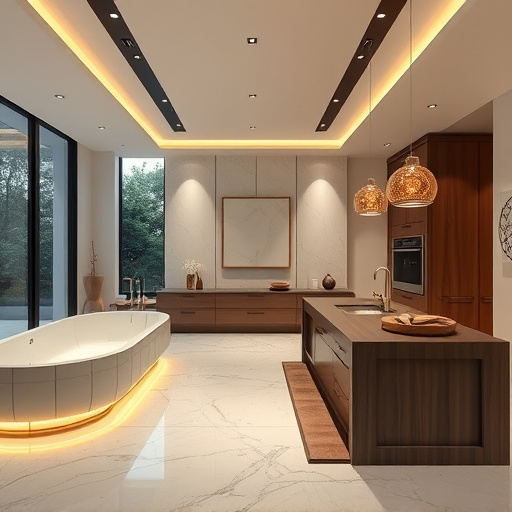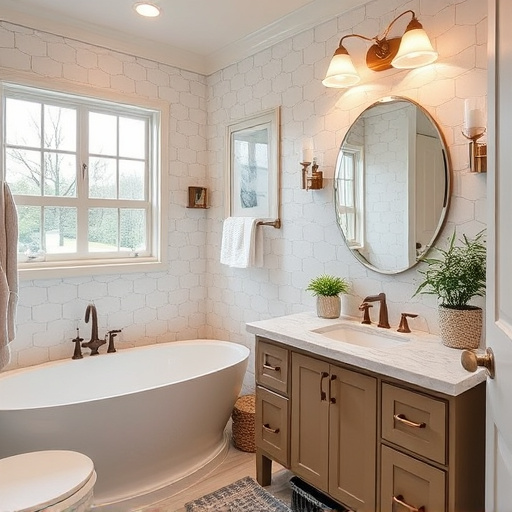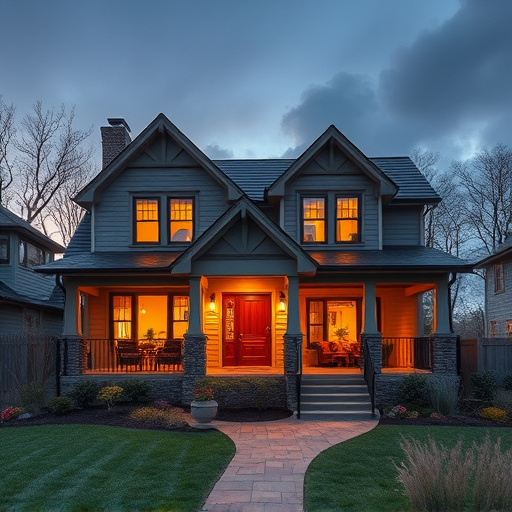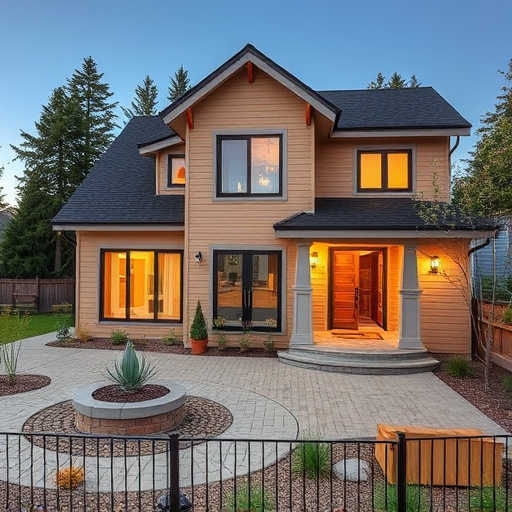Before meeting with an interior designer, define your design style preferences, functional needs, and goals. Clearly communicate these details to ensure they create a space that blends aesthetics and practicality for your kitchen, bathroom, or home renovation. Skilled designers guide you through space planning, furniture layout, and material choices, suggesting optimal interior and exterior solutions to enhance both beauty and utility. They help align design styles with expert knowledge, offering durable and aesthetically pleasing options for surfaces and fixtures across various projects.
Planning a home renovation? Talking to an interior designer is a game-changer. Before you begin, ask these top questions to ensure a successful transformation. Uncover your unique design style and set clear goals with your designer. Discuss space planning, ensuring functionality suits your lifestyle. Explore materials, colors, and lighting options that enhance your living spaces. This guide will help you communicate effectively, leading to a beautiful, tailored interior that meets your needs.
- Understanding Your Design Style and Goals
- Discussing Space Planning and Functionality
- Exploring Materials, Colors, and Lighting
Understanding Your Design Style and Goals
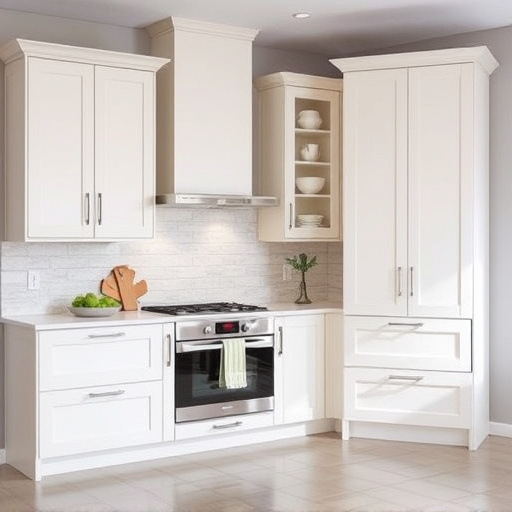
Before meeting with an interior designer, it’s crucial to have a clear understanding of your design style preferences and goals. This self-reflection will help guide your discussions during the consultation. Consider what makes you feel at home—whether it’s warm and cozy spaces or sleek and modern lines. Do you envision a space that reflects your love for nature or one that embraces bold colors and patterns? Defining these aspects beforehand ensures the interior designer aligns their vision with yours, whether it’s a complete multiple room remodel, a stylish kitchen makeover, or an elegant bathroom retreat.
Exploring these personal preferences will also help set expectations for the design process. Are you aiming for a specific aesthetic, such as minimalist or rustic? Do you have functional requirements in mind, like adding more storage or creating designated work areas? Communicating these goals clearly to your interior designer will ensure the final result is not only aesthetically pleasing but also tailored to your lifestyle and needs, whether it’s enhancing your kitchen remodel, transforming a bathroom into a relaxing sanctuary, or revitalizing your entire home through a multiple room remodel.
Discussing Space Planning and Functionality
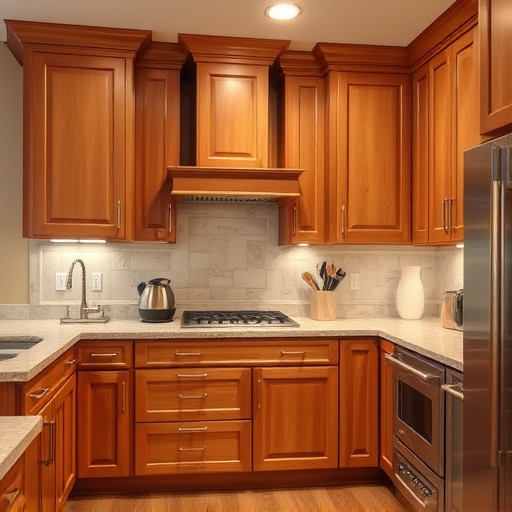
When chatting with your interior designer, don’t skip over the crucial topic of space planning and functionality. This initial discussion will set the stage for how well your design aligns with your everyday needs and preferences. Ask about their approach to maximizing your existing space and creating functional areas tailored to your lifestyle.
An experienced interior designer should be able to help you visualize how furniture placement, room division (if applicable), and even interior painting or exterior painting choices can enhance both the aesthetics and practicality of your living environment. By understanding their insights, you’ll be better equipped to make informed decisions that result in a space that not only looks stunning but also serves its intended purpose seamlessly.
Exploring Materials, Colors, and Lighting
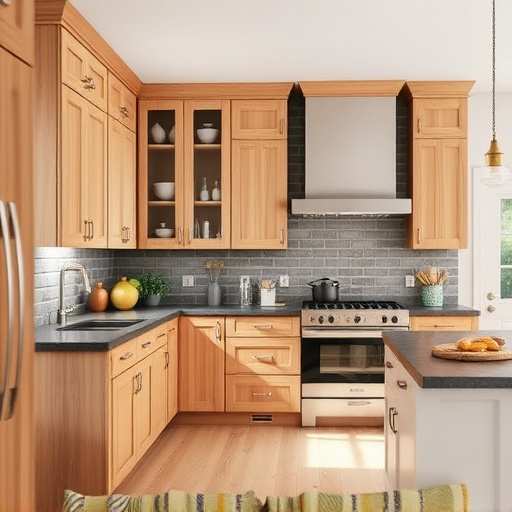
When collaborating with an interior designer, exploring materials, colors, and lighting is a critical phase in any project. Start by discussing your preferences and the overall aesthetic you envision for your living space. This could range from rustic wood finishes to modern metal accents, or vibrant hues to neutral tones—it’s about defining your style and making sure it aligns with the designer’s expertise.
An interior designer can guide you through the intricacies of each element. For instance, in a kitchen remodel or bathroom renovations, they’ll help select materials that cater to both form and function. They might suggest durable yet aesthetically pleasing options for countertops, backsplashes, and flooring. Similarly, lighting choices can dramatically impact a room’s ambiance; designers can recommend fixtures that enhance functionality during daily tasks while also adding a touch of elegance to your home additions or existing spaces.
When engaging an interior designer, it’s vital to initiate a comprehensive conversation covering design style, space optimization, materials, colors, and lighting. By asking the right questions from the outset, you ensure your project aligns with your vision and goals. This strategic approach fosters collaboration, leading to a successful transformation that enhances both aesthetics and functionality, ultimately achieving a space that truly reflects your personal taste and meets your needs via expert guidance from your chosen interior designer.



